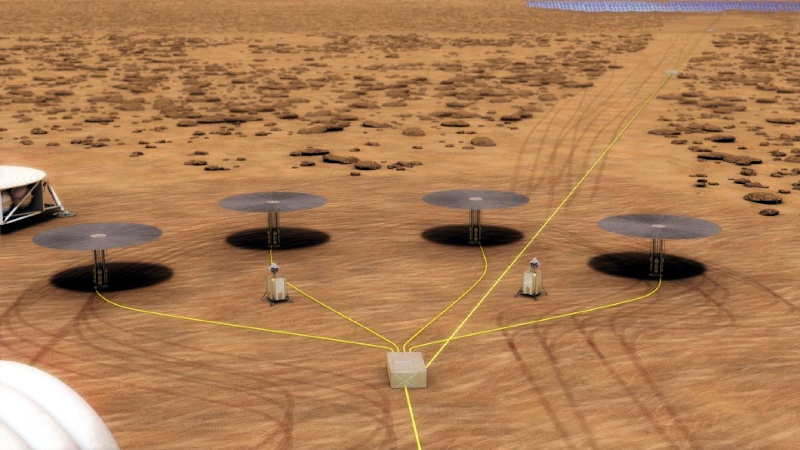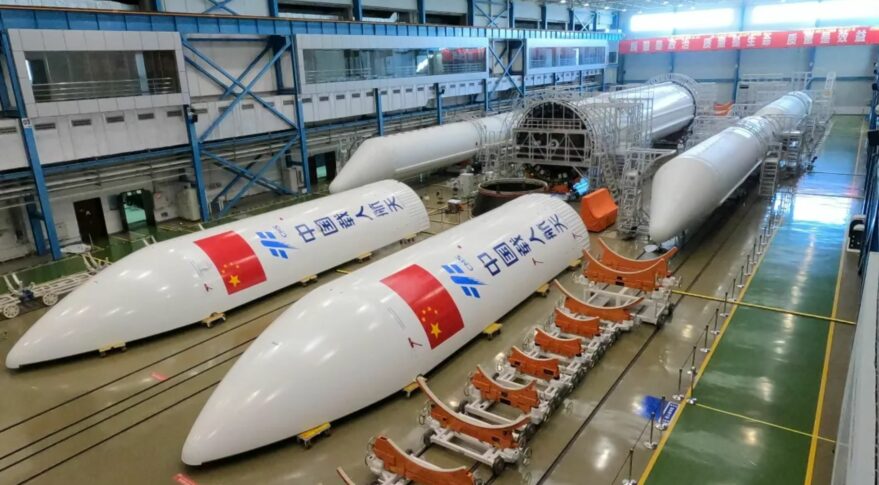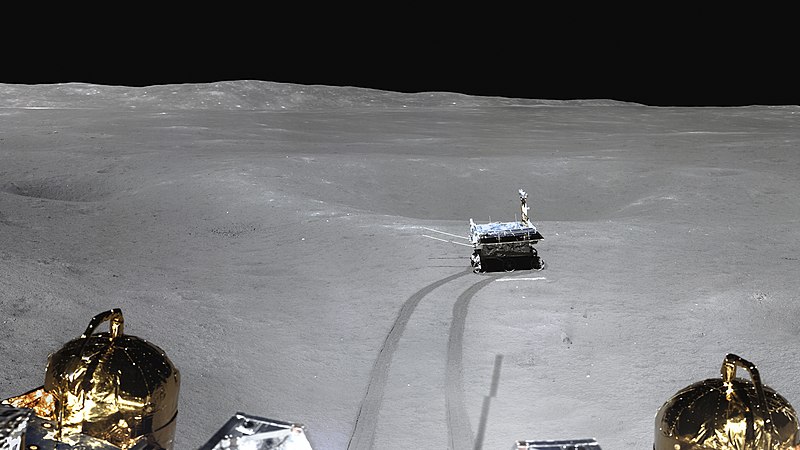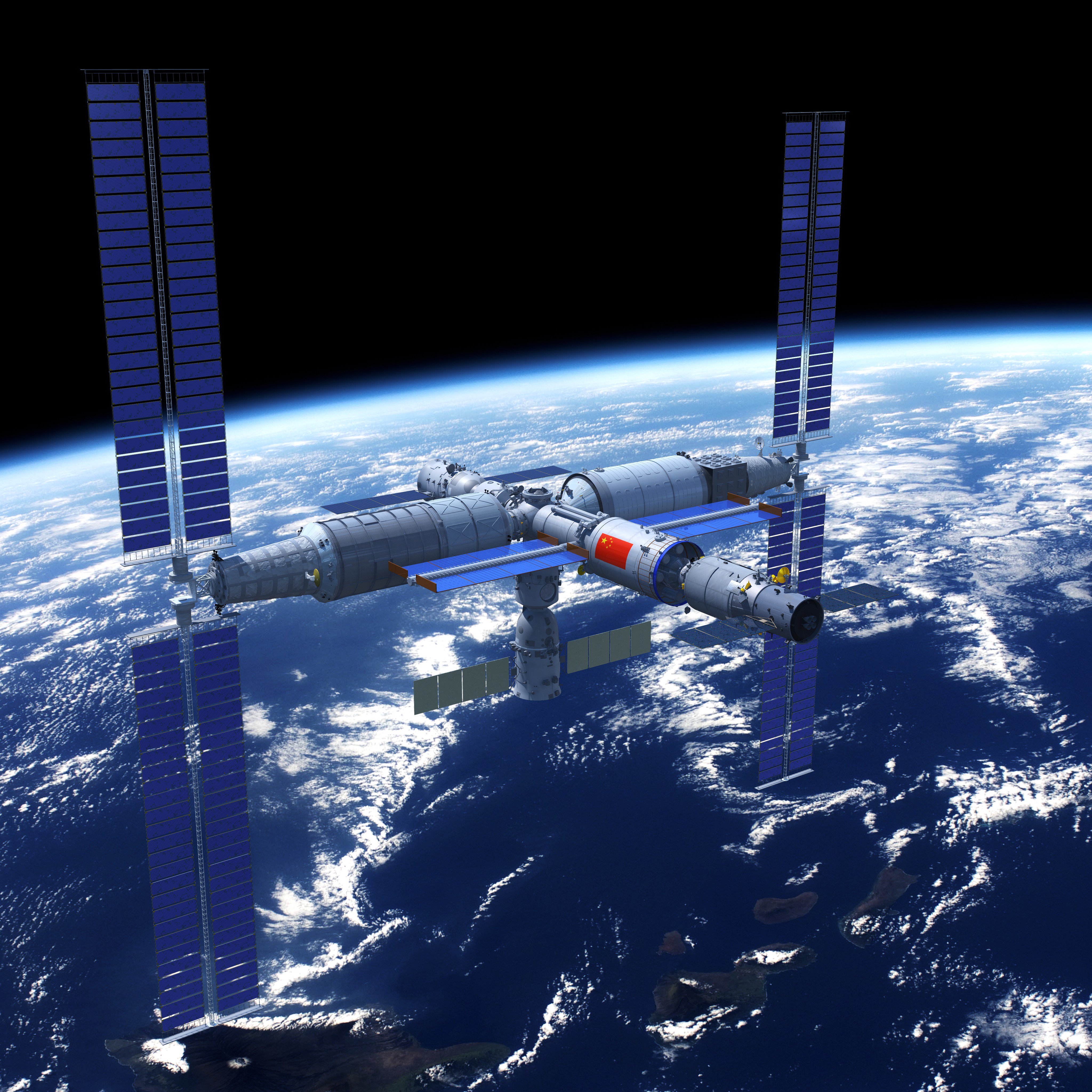China Claims Its Nuclear Reactor For Space Missions Will Be 100 Times More Powerful Than NASA's
Chinese scientists are now constructing a large nuclear reactor for use in their moon and Mars missions.

Saturday, November 27, 2021 | Chimniii Desk
Key Highlights
- According to the South China Morning Post, the new technology is part of a Chinese government-backed effort.
- The Asian behemoth has not yet disclosed the precise launch date or technical specifics for the new powerful reactor, which will generate one megawatt of electricity.
- Additionally, Russia has stated its plan to launch a huge spaceship powered by TEM, a nuclear reactor with a megawatt capacity, before 2030.
- China's first two space stations were prototypes that lasted only a few months, but the third is planned to operate for a decade or more.
- If the station is decommissioned, China may become the world's sole operator of a space station for an extended period of time.
Advertisement
According to the South China Morning Post, the new technology is part of a Chinese government-backed effort. The Asian behemoth has not yet disclosed the precise launch date or technical specifics for the new powerful reactor, which will generate one megawatt of electricity.
Two of the scientists involved in the research, which began in 2019, admitted, however, that the prototype machine's engineering design has been finished and some crucial components have been produced.

Components of the Long March 5B (Y2) to launch the Chinese space station core module at a facility in Tianjin. Credit: CMSA
According to one of the Chinese space scientists involved in the project, nuclear energy is the most promising solution. Other countries have begun to implement bold initiatives, and China cannot afford to fall behind.
According to one Chinese expert, chemical fuel and solar panels will no longer enough to accomplish the goals of human space exploration; the demand for additional energy sources is anticipated to expand drastically if human settlements on the moon or Mars occur in the future.
Advertisement
Is Space Being Nuclearized?
SNAP-10A was the first nuclear power unit in orbit, launched by the United States in 1965. The device generated 500 watts of electricity for over a month before being permanently turned off.
On the other hand, China's only nuclear device in space is a small radioactive battery attached to the lunar rover Yutu 2. That device may generate only a few watts of heat to assist the rover over long lunar nights.

The Yutu-2 rover leaving the Chinese lunar craft Chang’e-4.
Numerous countries are now vying for space domination. In his closing days in office, then-US President Donald Trump issued an executive order expediting the use of nuclear energy in the US civilian and military space projects. Additionally, he identified space as the next great-power battleground.
NASA recently solicited proposals for the creation of a 10-kilowatt nuclear fission device capable of supporting a long-term human presence on the moon within the next decade.
By 2026, a fission surface power system will be deployed, complete with a flight system, lander, and reactor. The facility will be constructed and integrated entirely on Earth, after which it will be thoroughly evaluated for safety and functionality.
Advertisement
 Artist’s concept of a fission surface power system on Mars. (Credits: NASA)
Artist’s concept of a fission surface power system on Mars. (Credits: NASA)Additionally, Russia has stated its plan to launch a huge spaceship powered by TEM, a nuclear reactor with a megawatt capacity, before 2030. Due to the nuclear energy, the spaceship would be able to operate in Earth's lower orbit for more than a decade while conducting additional flights to the moon or beyond.
By 2023, Democritos, a parallel project led by the European Space Agency, will conduct ground tests of a 200kW space reactor. Additionally, NATO Secretary-General Jens Stoltenberg stated that while the alliance will refrain from deploying weapons in space, it will be obliged to secure its assets, which include 2,000 satellites in orbit. NATO is also developing a "operational domain" in space.
New Reactor, New Difficulties?
China has suggested that the new nuclear space technology is so extravagant that it may encounter challenges as the launch date near.
According to a research produced by a project team led by Jiang Jieqiong, a professor at the Chinese Academy of Sciences' Institute of Nuclear Safety Technology in Hefei, China's space reactor faces significant cooling technology hurdles.
Only a portion of the heat generated by the reactor would be used to create energy; the remainder would need to be quickly dissipated in space to avoid a meltdown. To remedy this, the reactor would incorporate a foldable umbrella-like structure that would increase the surface area of waste heat radiators.
Due to the space reactor's tiny dimensions, it would operate at a much higher temperature than those on Earth. It would use liquid lithium as a coolant to boost power generating efficiency.
However, the lithium would solidify at temperatures below 180 degrees Celsius, providing another obstacle for Chinese researchers.
A ground-based generating station requires routine maintenance every few years, and certain components must be replaced owing to deterioration caused by the radioactive environment.
To meet the demands of long-term space missions, however, the materials and hardware in a space reactor must achieve a far greater degree of performance.
Rather than building a single big reactor, China's research teams produced devices with reduced power output. These smaller modules were easier to build and could be merged to form a larger machine capable of producing several megawatts of electricity, sufficient to power gigantic ion thrusters and transport astronauts to Mars.
The Chinese space officials, on the other hand, have not yet decided how they will proceed. It is possible that the solution will incorporate a number of different technologies.
Advertisement
China Is Considering Building Its Own Space Station
The April launch of China's newest orbiting space station's main module garnered far more international attention than expected, and for all the wrong reasons. After reaching orbit, the primary rocket booster fell menacingly down to Earth in what is known as a "uncontrolled re-entry."
In May, the debris splashed into the Indian Ocean, narrowly missing the Maldives and raising criticism of China's largest rocket's launch procedures, the Long March 5B.

Concept of China’s space station.
China's first two space stations were prototypes that lasted only a few months, but the third is planned to operate for a decade or more. President Xi compared it to Mao Zedong's call for "two bombs, one satellite," referring to China's race to develop a nuclear weapon, outfit it with an intercontinental ballistic missile, and launch it into space. As with all of the Communist Party's achievements, it is being heralded as proof of China's space prowess.
The International Space Station, which was developed in collaboration with the United States, Russia, and others, is nearing the end of its scheduled life in 2024.
Russia has declared that it will withdraw by 2025 and will launch its own space station in 2030. If the station is decommissioned, China may become the world's sole operator of a space station for an extended period of time.
Advertisement